Couplings allow for easy connection of pipes and hoses and provide a way to close off the line using internal seals and valves. Read More…
Triumph designs, engineers, manufactures, repairs and overhauls a broad portfolio of aerostructures, aircraft components, accessories, subassemblies and systems. We have developed an exclusive line of Hydraulic Quick Disconnect Couplings, which are standard equipment with virtually every major commercial airline and airframe manufacturer in the free world.
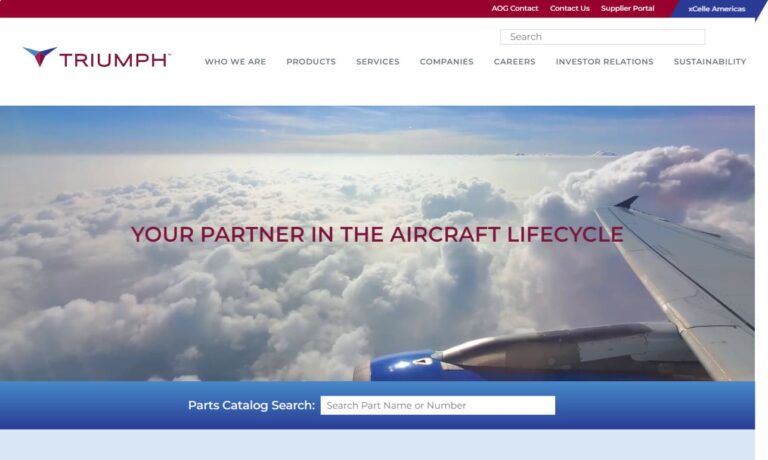
Kent Rubber Supply has been a trusted supplier of industrial couplings and fittings since 1946. Offering all of the connections that you need for your industrial fitting, securement, accessories, and industrial coupling needs. Using our up-to-date assembly process, we can confidently supply all your coupling and fitting solutions.
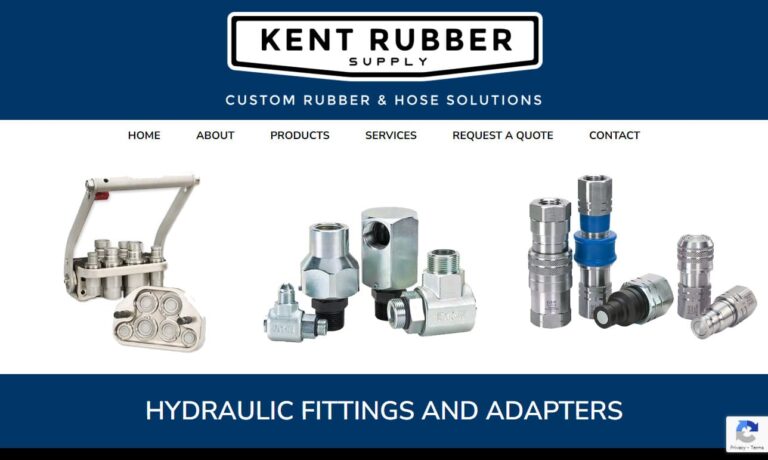
When it comes to quick release couplings we are your experts! Since our establishment we have provided products and services to a global market. Our skilled engineers will work with you from design to delivery to ensure that you are receiving a product that will fit your exact specifications. To learn more about what we may be able to do for you; get in touch with us on the web or by telephone...
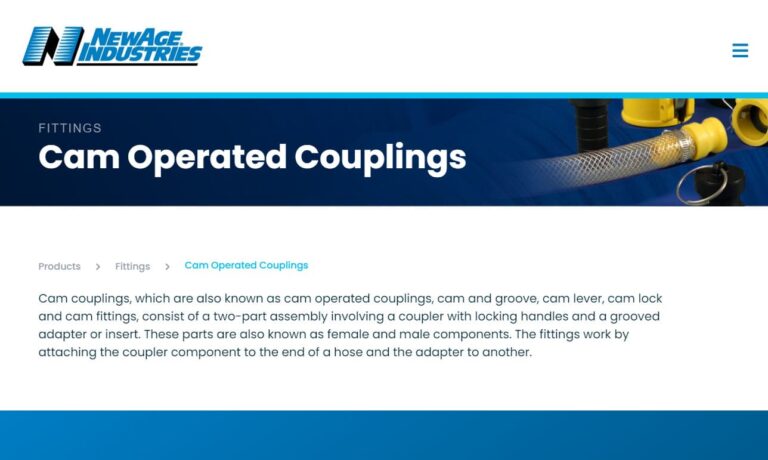
Nudraulix manufactures a full line of quick disconnect couplings, quick connect couplings and hydraulic couplings for air, water and steam from 1/8"-2" sizes. For over 40 years, we have been providing products to numerous industries such as shipping, machinery and fluid delivery systems, as well as oil and natural gas utilities. Contact us today and make us your number one source!
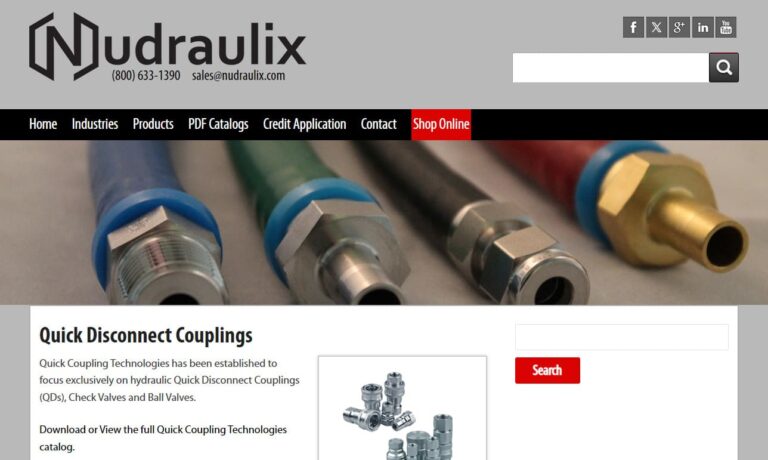
Established in 1985, we have been providing our customers with quick release couplings that provide a lasting value. Our products use the latest technology to ensure a product that will maximize productivity and efficiency for your company! There is no job too large or too small for us to handle! To learn more about how we may be able to benefit you; get in touch with our customer service...
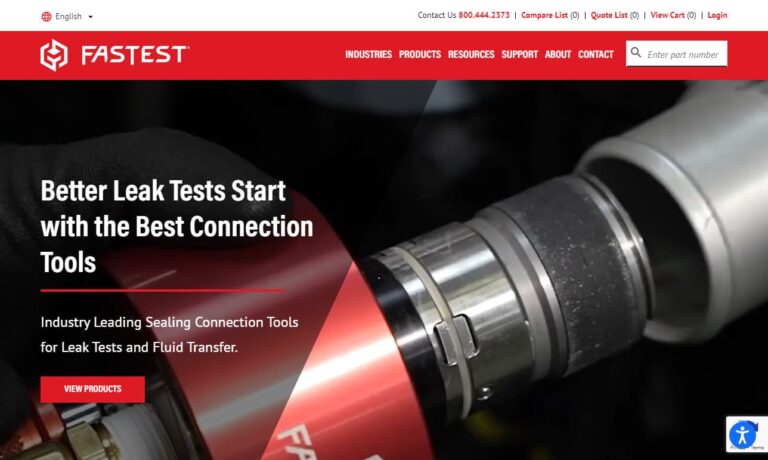
More Breakaway Coupling Manufacturers
Breakaway couplings are designed to permit a steady flow of material until excessive force is exerted on the coupling. Operators sometimes mistakenly begin to pull their vehicle or ship away while the loading arm or hose is in a compromising position and facilitating product flow. A spill of hazardous material could be harmful for nearby personnel in addition to the environment.
Wasted product is also expensive, and the transfer equipment could be damaged, requiring time and money to fix. In a breakaway coupling, however, two internal valves instantly close to prevent spillage and product loss. The coupling pulls apart to avoid damage to the system and can be reassembled quickly by one person without tools or spare parts.
The system operates independently of any other safety system and does not require electricity or power. Breakaway couplings are typically made of stainless steel or aluminum, though research is being conducted to determine if brass would also be suitable. These couplings are used mainly to guard against the unintended pull-away of trucks, rail cars and ships during the loading or unloading process.
Most couplings are comprised of a male plug that is inserted into an opening in the female component. The valves inside vary depending on the application and the required quality of the seal. Breakaway couplings frequently use a butterfly system where the two inner valves have smaller discs that normally lay parallel to the coupling without obstructing or interrupting the flow of material.
When a predetermined load of force is applied, the discs snap shut against the valves, stopping the flow and shutting off the hose or pipe. If enough force is applied, the two halves separate from each other, which releases the small volume of product that was trapped between the valves. Breakaway couplings are very similar to quick disconnect couplers as well as dry disconnect couplings in their ability to close off the line.
Quick couplings vary in effectiveness according to their usage. For example, leaking air from a pneumatic system is not as dangerous as a system that handles oil, and therefore the coupling may have a lower quality seal. Similar to breakaway couplings, dry disconnect couplings are used in sanitary conditions or with hazardous materials, but they usually must be manually separated; they do not automatically close and break away with excessive force.

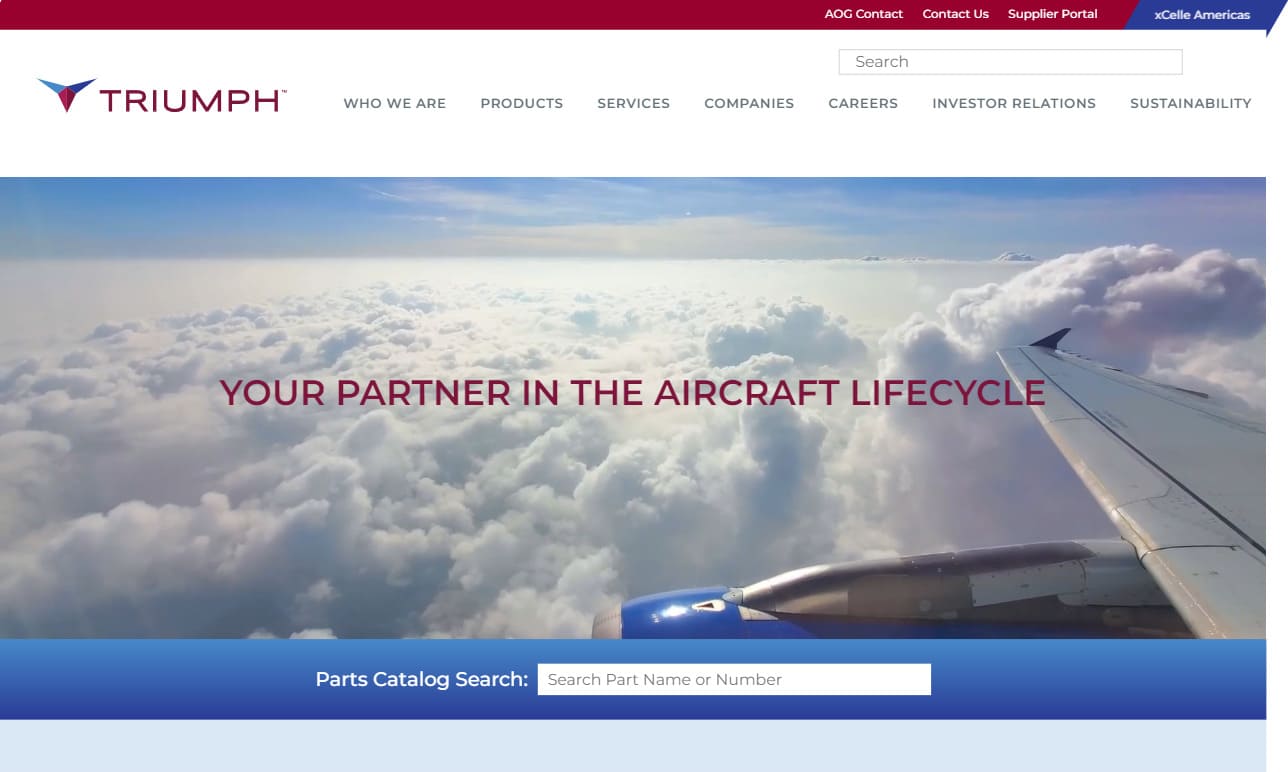
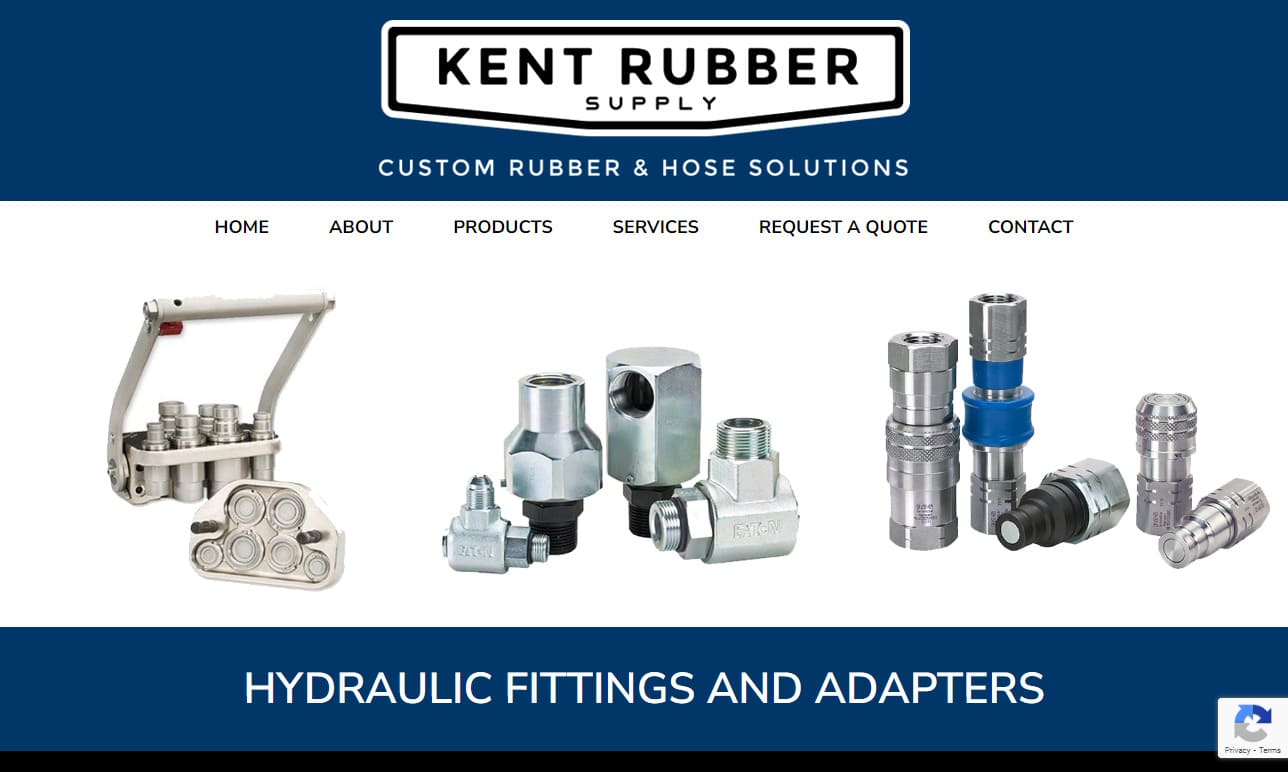
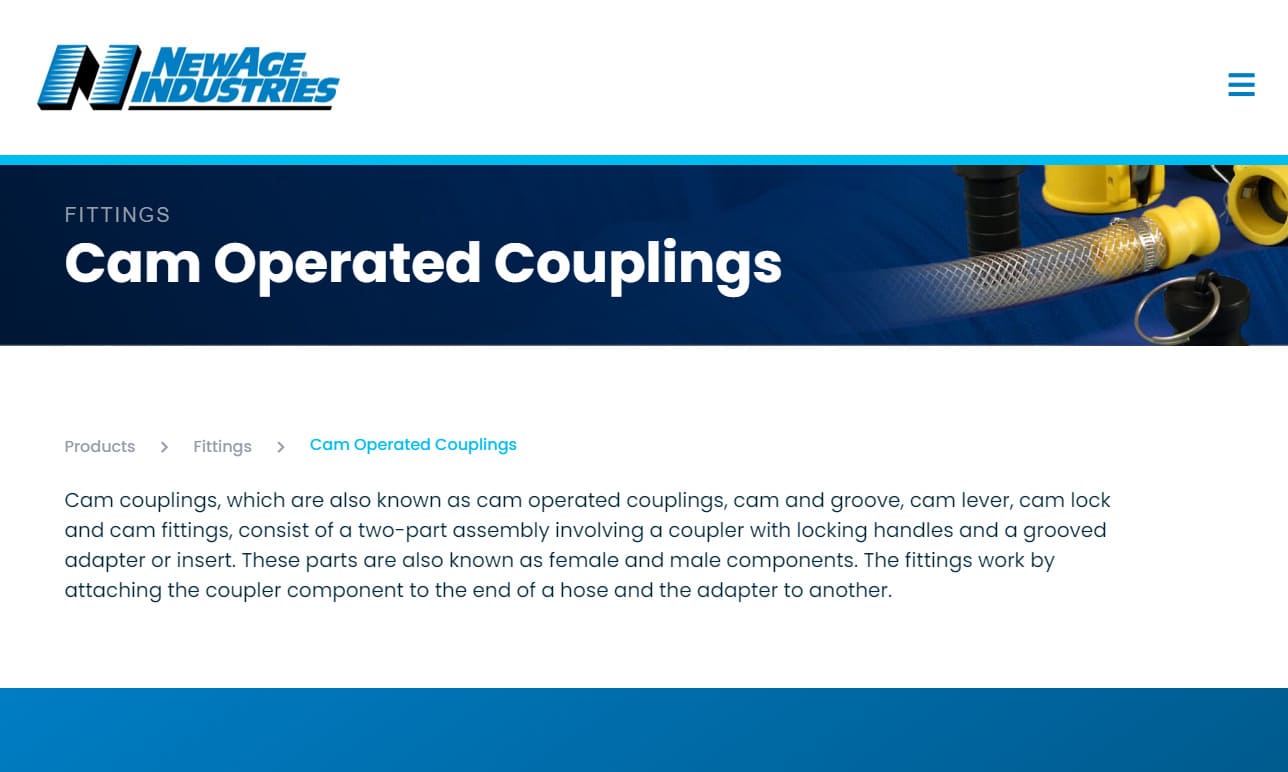
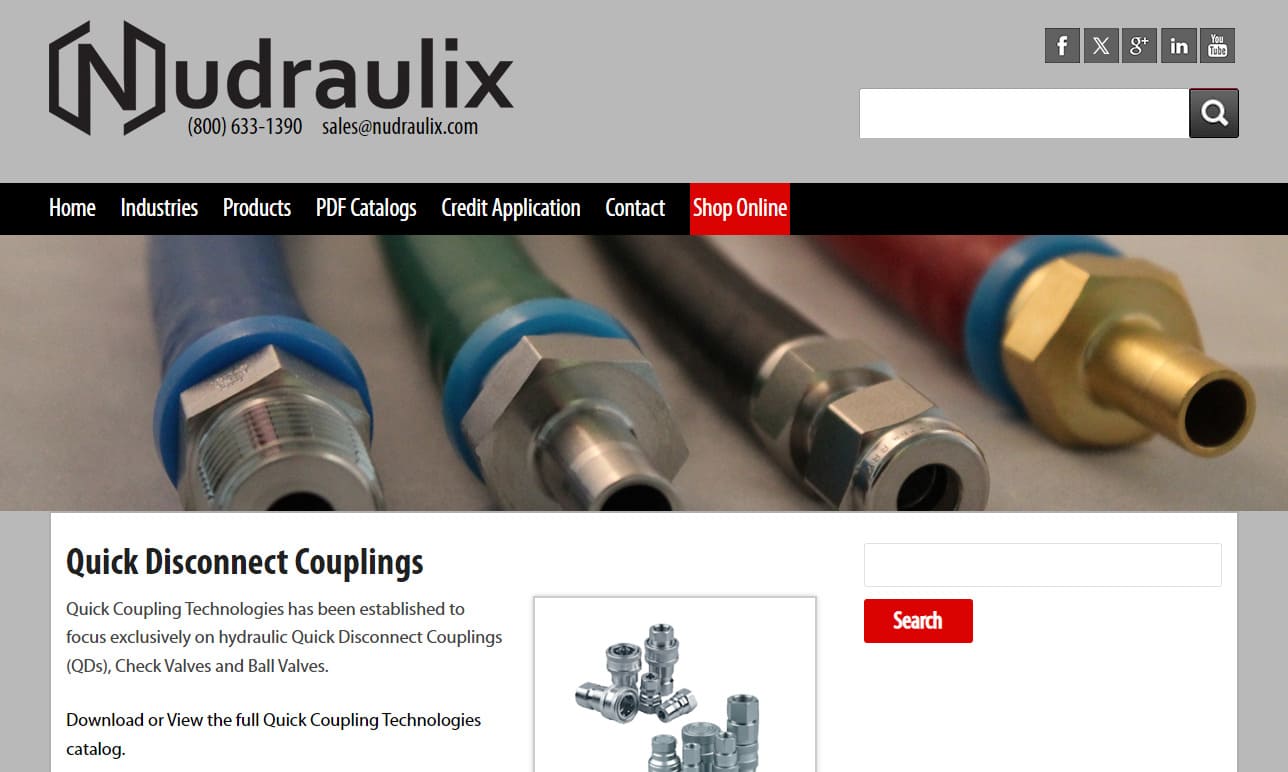
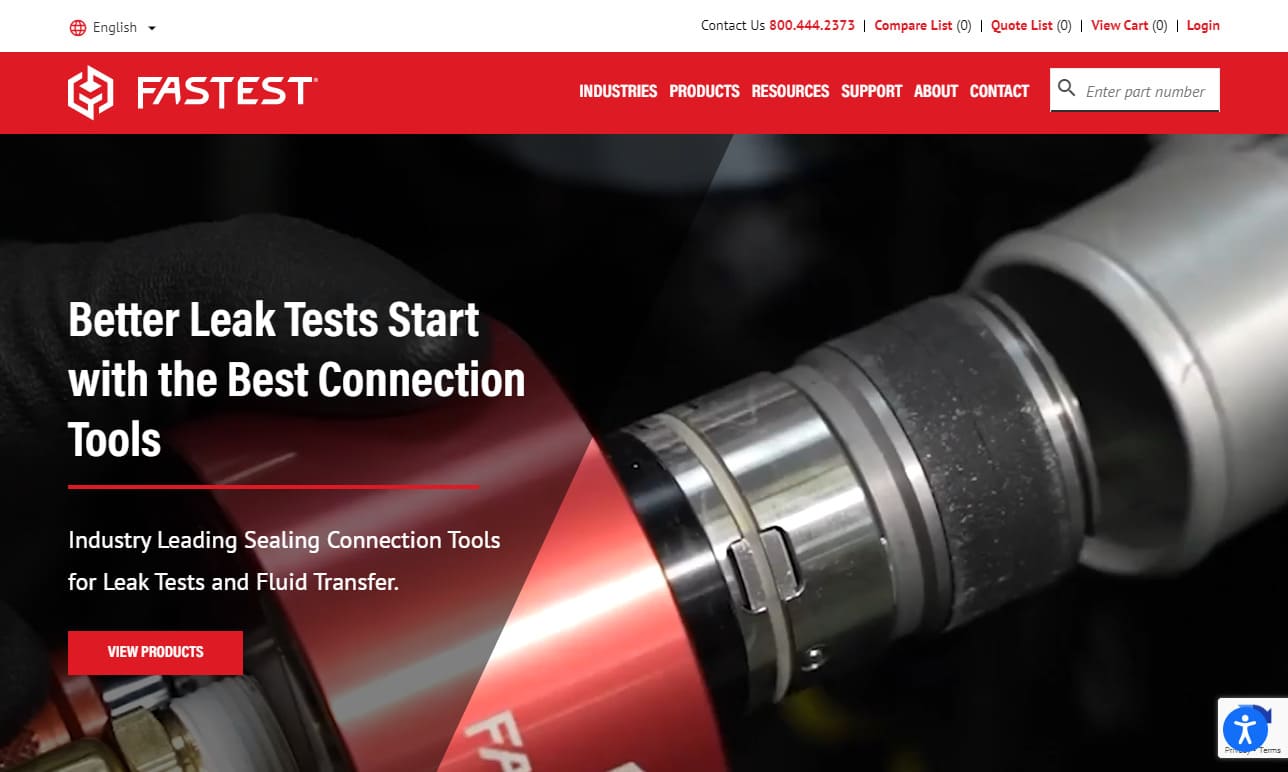
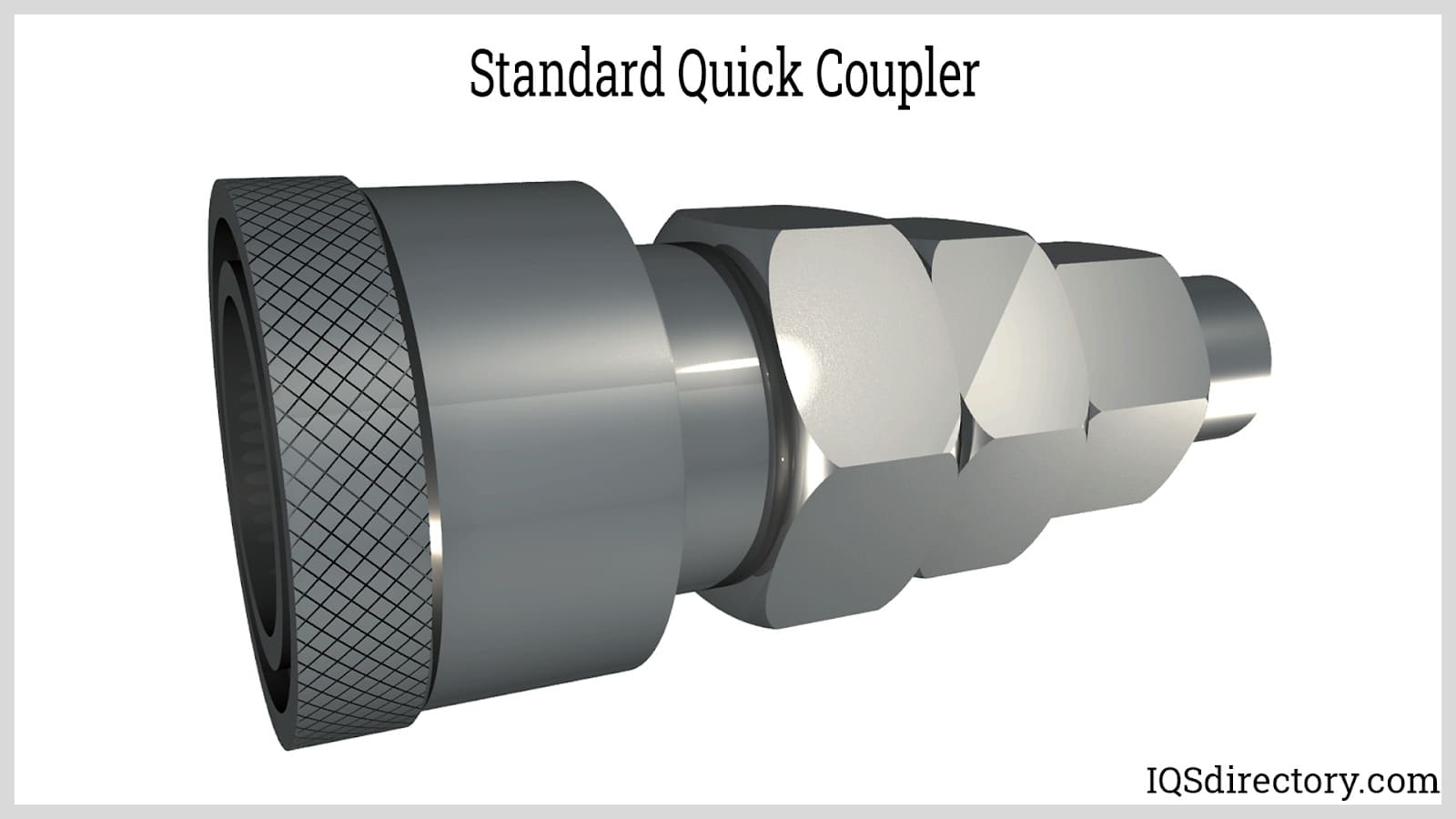
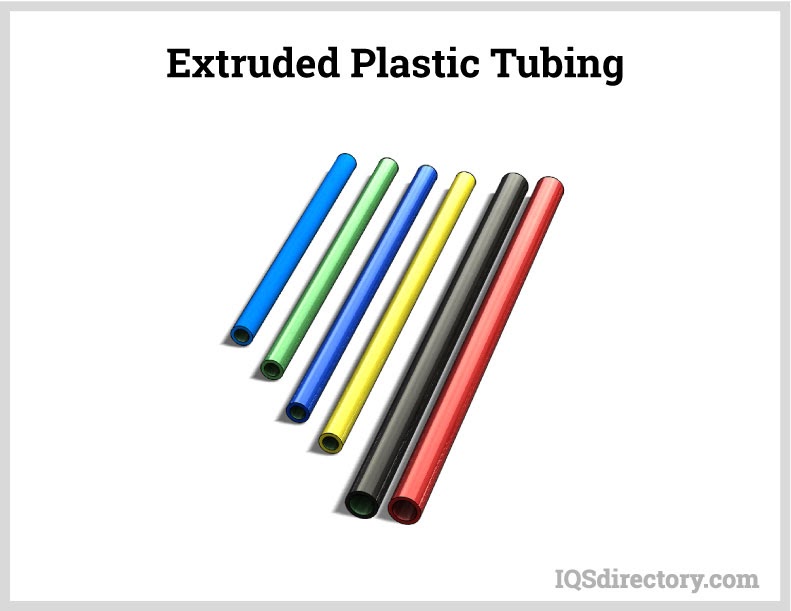
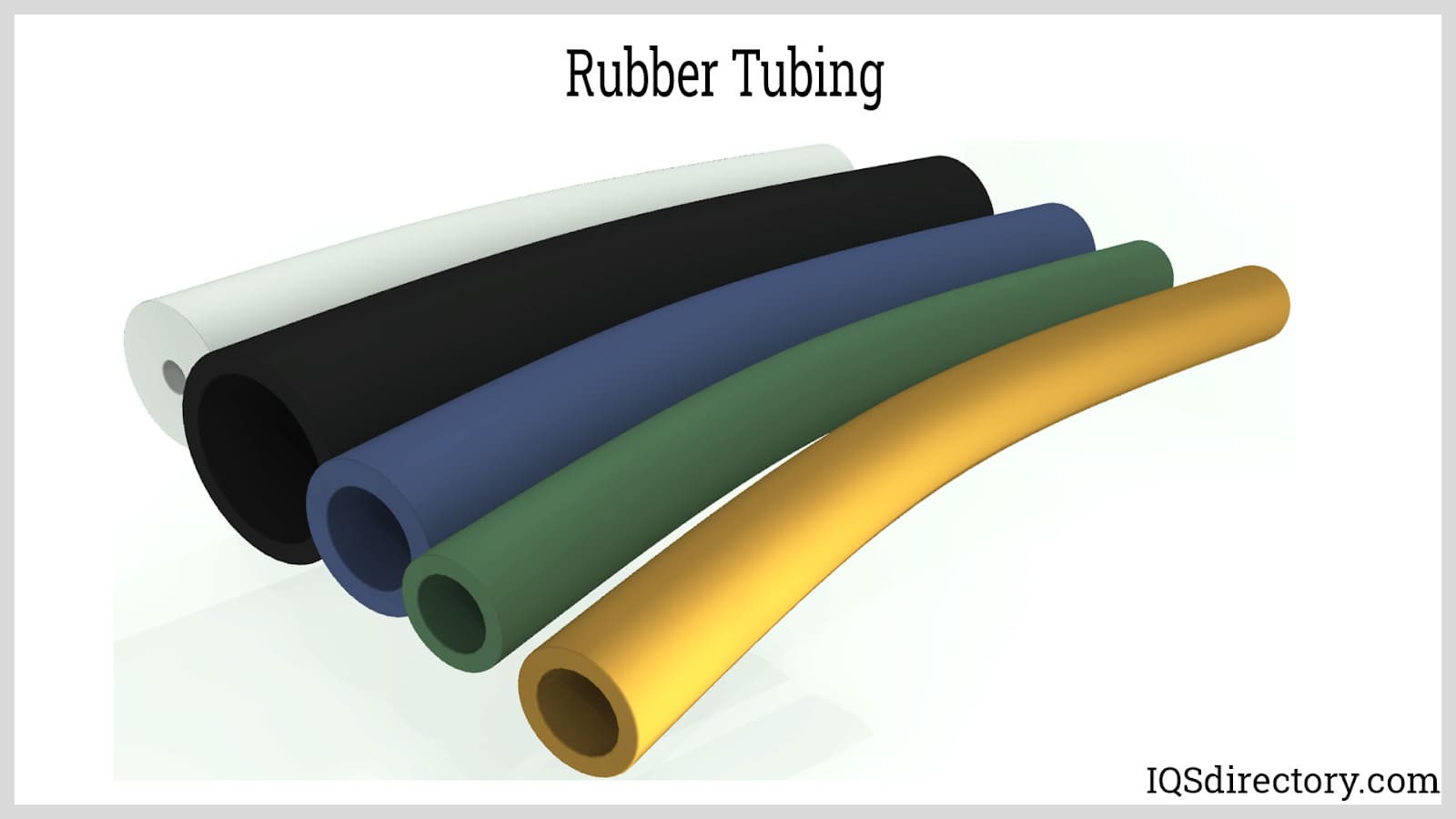

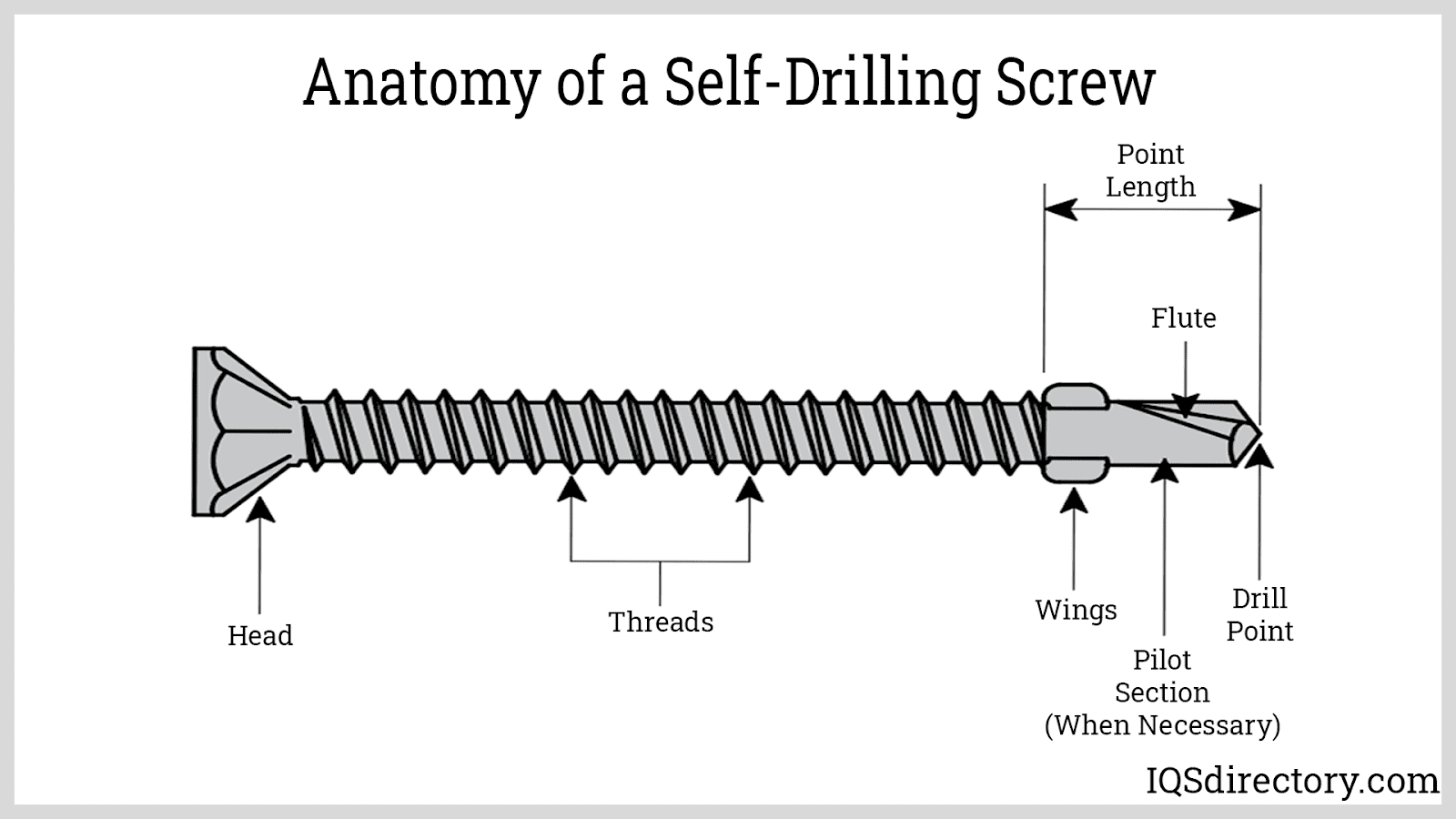
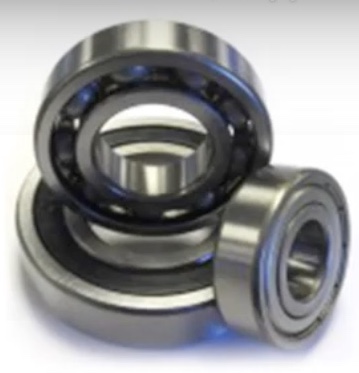 Ball Bearings
Ball Bearings Ball Screws
Ball Screws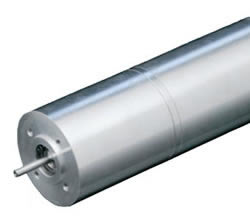 Electric Motors
Electric Motors Friction Materials
Friction Materials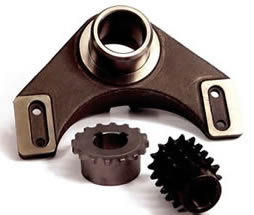 Gears
Gears Quick Release Couplings
Quick Release Couplings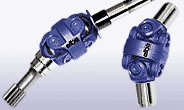 Shaft Couplings
Shaft Couplings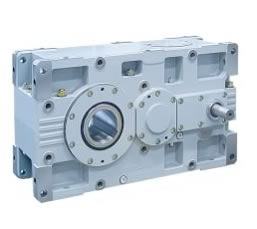 Speed Reducers
Speed Reducers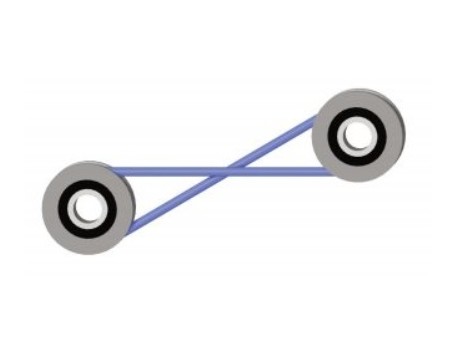 Timing Belting
Timing Belting Castings & Forgings
Castings & Forgings Bulk Material Handling
Bulk Material Handling Electrical & Electronic Components
Electrical & Electronic Components Flow Instrumentation
Flow Instrumentation Hardware
Hardware Material Handling Equipment
Material Handling Equipment Metal Cutting Services
Metal Cutting Services Metal Forming Services
Metal Forming Services Metal Suppliers
Metal Suppliers Motion Control Products
Motion Control Products Plant & Facility Equipment
Plant & Facility Equipment Plant & Facility Supplies
Plant & Facility Supplies Plastic Molding Processes
Plastic Molding Processes Pumps & Valves
Pumps & Valves Recycling Equipment
Recycling Equipment Rubber Products & Services
Rubber Products & Services